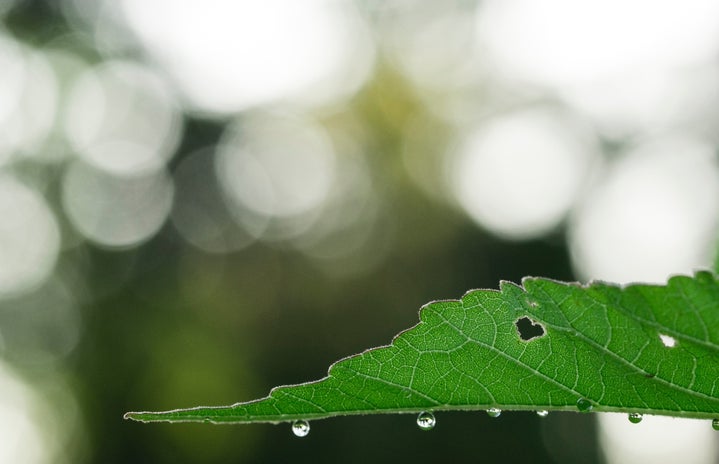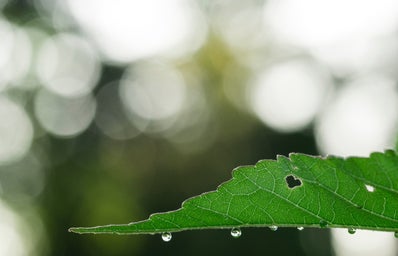When you think about Valentine’s Day, the typical gifts probably come to mind: giant boxes of chocolate, bouquets of bright red roses, pink heart-shaped balloons, fluffy teddy bears and romantic candle-lit dinners. Giving love and receiving it is something that should always be celebrated in meaningful, thoughtful ways. However, does it have to be celebrated in the way Americans typically celebrate it? Can we move beyond some of the Valentine’s Day gift clichés?
We absolutely can and we absolutely should. I can almost guarantee that your significant other doesn’t want a giant teddy bear, and the chocolates and flowers you exchange will have disappeared within a week. I’m not being pessimistic — these are sweet things to give and receive. But we can give better, and more specifically, while we are giving, we can also give back.
On a global scale, people send over a billion cards for Valentine’s Day. Even further, over 35 million boxes of chocolate and over 110 million roses are sold during this time of year alone. At first glance it’s heartwarming to see people showing their affections through these gifts, it quickly becomes startling that there is so much money being spent on items that eventually become waste. To put our spending into perspective, Americans alone will spend the same amount of money on Valentine’s Day that it would take to feed 66 million hungry children around the globe for six years.
So, how can we show love to the Earth while also showing love to our significant others on Valentine’s Day? The goal of the holiday is to simply remind someone important in your life that you care about them. The way you choose to do that does not have to be narrowed down to what’s left on the shelf during a quick run to your neighborhood CVS Pharmacy. All it takes is a little extra thought.
For example, instead of giving your typical bouquet of flowers you can give your significant other potted flowers instead. When cared for correctly, their favorite flowers in a pot will stick around a lot longer than ones that have already been clipped and wrapped in plastic. As for Hallmark cards, you can simply tell the person how you feel instead of writing it down. But if you get a little nervous like I do, a heartfelt message on notebook paper works just the same. When it comes to those sweet gifts, consider an experience-based approach instead. You could try making them their favorite dessert or attend a wine tasting together. Getting creative and doing more handmade and personalized gifts alleviates some of the plastic and paper waste from Valentine’s Day, which ultimately reduces your carbon footprint and the total amount of waste produced.
When it comes to big consumer-based holidays like Valentine’s Day, it’s easy to get caught up in the cultural traditions and forget about practicing sustainability. These are the times that we need to remind ourselves of the big picture and our role in it. So instead of a card that might end up in a landfill or a dozen roses that will wilt in a week, consider giving more eco-friendly gifts. The Earth deserves some love on Valentine’s Day, too.
Want to see more HCFSU? Be sure to like us on Facebook and follow us on Instagram, Twitter and Pinterest!






